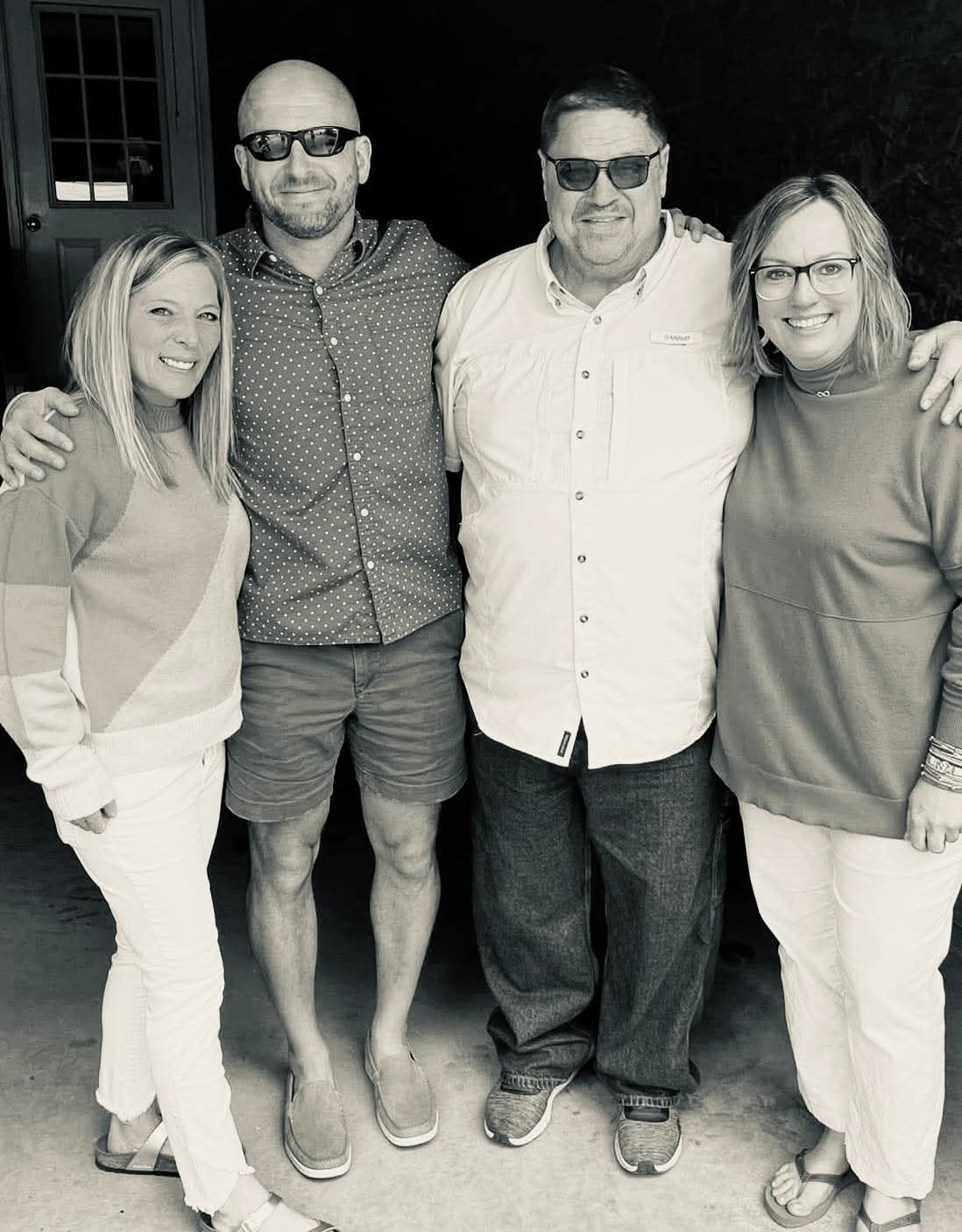Care That Goes the Distance: How Virtual Aortic Monitoring Helped a Patient in Southern Missouri
For more than a decade, Tim Johnson, 66, has lived with a chronic aortic dissection, a serious condition where the inner layer of the aorta tears, allowing blood to flow between the layers of the aortic wall.
From East Prairie, Missouri, about a 2.5-hour drive to St. Louis, Tim visits Missouri Baptist Medical Center every year for testing and to meet with Joshua Baker, MD, a cardiothoracic surgeon who watches his aneurysm.
For patients like Tim, who want an experienced aortic surgeon to monitor their aneurysm but who can’t travel to St. Louis regularly, Missouri Baptist Medical Center’s Telemedicine Aortic Surveillance Clinic allows him to stay connected to expert care without leaving home. Tim was switched to telemedicine visits in 2022.

Dr. Baker recommends remote surveillance for patients whom he has operated on for aortic aneurysm or who have stable aortic aneurysm disease and live far from the hospital. Patients receive CT scans, or images of their aneurysms, locally, saving them time, money, and the burden of traveling to St. Louis. Those images are then sent to Dr. Baker to ensure nothing has changed from the last scan. If he does see something worrisome, such as a dissection, or a tear, Dr. Baker requests to see the patient at Missouri Baptist and may recommend surgery.
“I see a lot of patients from Illinois, southern Missouri, and Arkansas, and they don’t really have anyone locally to follow their aneurysm disease,” Dr. Baker says. “Our patients really like the clinic because they don’t have to travel, and it’s nice to be there for my patients who are going through something life-changing.”
A hidden danger caught in time
Under the watchful eye of the clinic, Tim’s condition is monitored with regular imaging, including a recent MRI scheduled as part of his routine one-year follow-up.
“He’d been stable for years,” says Jenn Mcgee, nurse practitioner at Missouri Baptist. “But the scan showed something new, a redissection of his descending aorta. It was subtle on the MRI, but serious.”
The findings were reviewed immediately with Dr. Baker. Based on what he saw, the clinic changed Tim’s telemedicine appointment to an in-person visit and ordered a computed tomography angiography (CTA) of the chest for a clearer view.
“What we saw on the CTA was incredibly concerning,” says Dr. Baker. “The descending aorta had expanded dramatically, from 4.8 cm to 7.4 cm in just a year. He had developed a dissection within a dissection, a rare and dangerous situation.”
“If you think of the aorta like a garden hose, a dissection is when the inner layers separate from the outer wall,” says Dr. Baker. “In Tim’s case, it was a dissection inside another dissection where the remaining wall was paper thin.”
Even more alarming, Tim wasn’t showing any symptoms. “He wasn’t having any chest pain, no discomfort, nothing at all,” says Jenn. “He had no idea anything was wrong.”
Thanks to the Surveillance Clinic, the team was able to act quickly. They contacted Tim via a video call to explain what they had found and what needed to happen next.
“I always try to give patients the information before they walk into an in-person appointment,” Jenn says. “I explain what is going on and why we’re changing the plan. That way, by the time they meet with Dr. Baker, they’ve had time to think about this, talk with their family, and come prepared with questions.”
Tim was scheduled for surgery that same week.
“It was incredible the Surveillance Clinic team could catch something that serious before I even had symptoms,” says Tim. “I’ve been doing these scans for years, but this time the surveillance really made all the difference.”
Surveillance that saves lives
According to Dr. Baker, this type of acute change happens in about 10% of their telemedicine patients each year, and when it does, the virtual surveillance proves its worth.
“We can catch things early and get them into surgery before symptoms even appear,” says Dr. Baker. “Tim’s case is a perfect example of that. Without remote surveillance, the redissection might have gone unnoticed until it was too late.”
“Dr. Baker is top-notch. He listens, explains things clearly, and I know I am in good hands with him and his team,” says Tim. “They don’t just look over your scans, they really watch over you and it gives me peace of mind knowing they’re part of my care.”
To learn more about Telemedicine Aortic Surveillance Clinic or to see if you would be a candidate, call 314-432-3669.
Recent News
Patient Story
Healing Beyond the Surface
Patient Story
Before Life-Changing Spine Surgery at Christian Hospital, a Grandfathe
Patient Story
Chenitra Emergency Care
Patient Story
Christian Hospital Hybrid Room Procedures Save Lives
Patient Story
Finding Expert Wound Care Close to Home
Patient Story